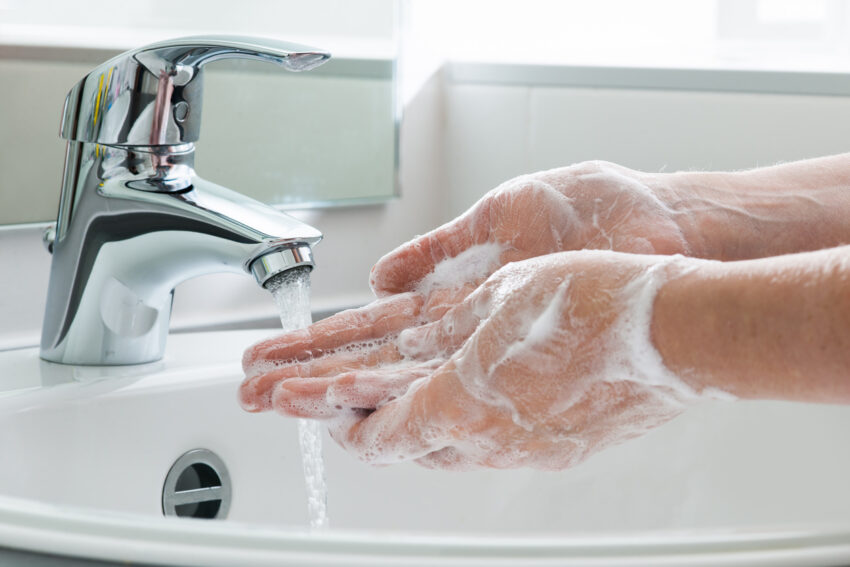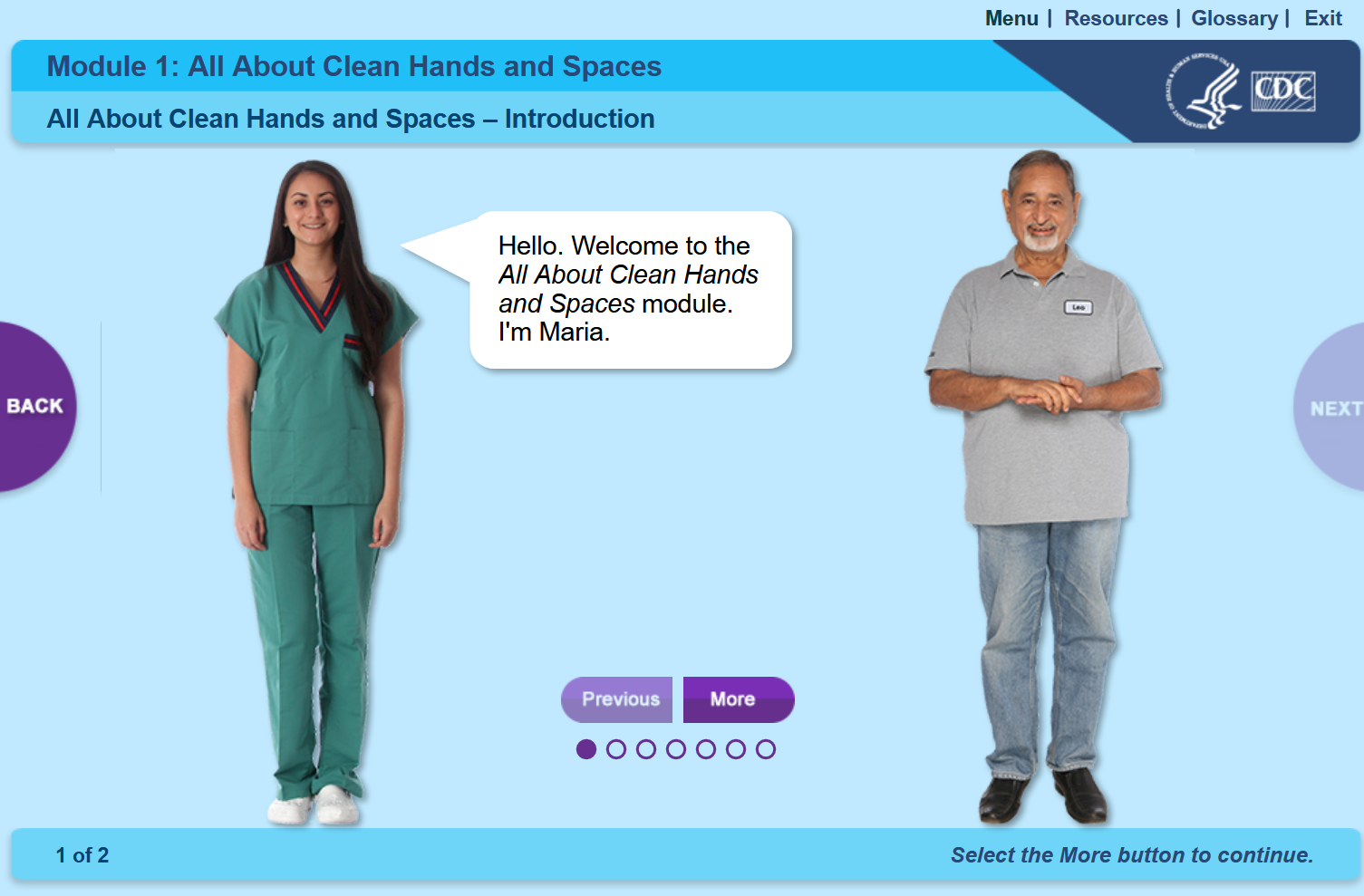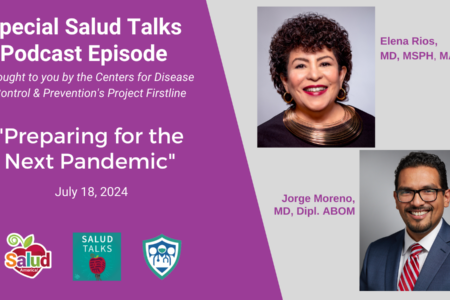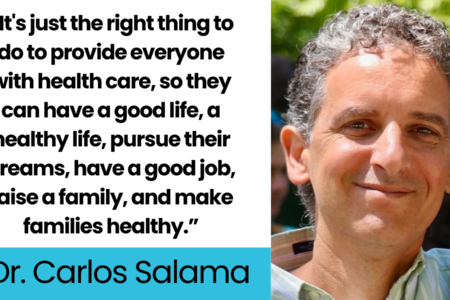
Share On Social!
You often hear that good hand hygiene is about cleaning your hands regularly.
But there’s more to it than that.
Good hand hygiene means having a hygiene plan, having the right materials, knowing how to implement hygiene among different audiences, and much more.
That’s why the Centers for Disease Control and Prevention (CDC) and the CDC Foundation created the Clean Hands and Spaces online bilingual training (in English and in Spanish) for teachers, administrators, and staff in schools.
Learn how we can create good hand hygiene and why it matters for schools.
What Is the Clean Hands and Spaces Training?
Clean Hands and Spaces is an online bilingual training that aims to help K-12 school and ECE staff learn how to best encourage good hygiene practices in their educational settings. The training consists of four modules on:
- How and when to clean hands
- How to create a hygiene plan in an educational environment
- How to select, use, and safely store cleaners and disinfectants
- How to team up with parents and caregivers to build good habits with children

You’ll learn from experts in the field about how to protect your educational community by promoting good hygiene practices. You can complete the training anytime at your own pace, and continuing education credits are available in English.
This training will help you and your school community or Head Start center get the knowledge and skills needed to encourage good hygiene practices and stop illness from spreading.
What Does The “How and When to Clean Hands” Module Cover?
Good hand hygiene is one of the best ways to prevent the spread of germs.
Clean hands are important because everyone, from students to teachers, people frequently touch things and then touch their eyes, nose, and mouth without even realizing it. Germs can get into the body through the eyes, nose, and mouth and make us sick.
This module covers four topics:
- Planning for success
- Cleaning hands with the right materials
- Implementing good hand hygiene
- Supporting hand hygiene in early care and education settings
“Wash hands often with soap and water for at least 20 seconds. Or, if soap and water are not readily available, use an alcohol-based hand sanitizer with at least 60% alcohol,” according to the module.
Washing hands is important for keeping students healthy and in school.
“A study in the Journal of School Nursing found that using hand sanitizer or washing their hands reduced absenteeism due to infectious disease by 43% among elementary-age children,” according to the module.
The module covers the nuances of hand hygiene, especially as it pertains to different young audiences, from preschool through high school.
“Practicing good hand hygiene involves a lot more than most people realize. Many people often skip steps, or they don’t practice good hand hygiene as frequently as needed. It is especially tricky to manage the hand hygiene of multiple children in a busy educational environment,” according to the module.
How Does Good Hand Hygiene Help Hispanics/Latinos?
Hispanic/Latino students account for 27% of students enrolled in public schools.
Hand hygiene is especially important among this population, which faces a heavy burden of illness and health disparities due to systemic and structural inequities in the areas of income, lack of access to healthcare, healthcare system equity (which includes infection control), healthy food, quality housing and green spaces.
Frequently missing school can have a long-term impact on academic success.
“Every child should be able to learn the importance of hygiene and use best practices to keep themselves, caregivers, and parents safe,” said Dr. Amelie G. Ramirez, director of Salud America! at UT Health San Antonio.
GET THE CLEAN HANDS & SPACES BILINGUAL TRAINING IN ENGLISH AND IN SPANISH!
Explore More:
Infection ControlBy The Numbers
142
Percent
Expected rise in Latino cancer cases in coming years



